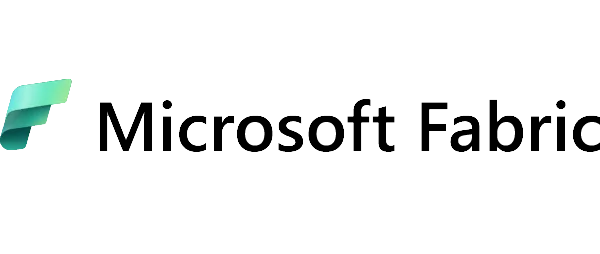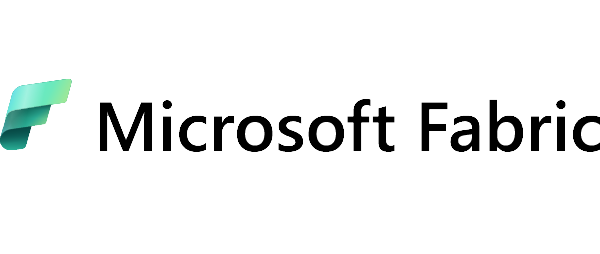
The dynamic growth of data volumes in organizations requires not only efficient analytical tools, but also robust data governance principles – a set of processes, roles, policies, and standards that ensure data consistency, security, and regulatory compliance. Microsoft Fabric, as a comprehensive analytics platform, offers a set of mechanisms that help companies and institutions maintain order in their data sets, regardless of their volume and sources. In this article, we will look at how Fabric supports control over the data lifecycle, minimizes risks, and enables effective access management.
What is data governance and why is it crucial?
Data governance is the foundation of mature analytics. It encompasses not only security issues, but also naming standardization, data quality control, metadata management, and compliance with regulations such as GDPR and HIPAA.
The lack of clearly defined governance rules can lead to chaos in data repositories, problems with interpreting reports, and erroneous business decisions. In a cloud environment, where data flows seamlessly between applications, IoT systems, warehouses, and analytical tools, controlling it is even more challenging. Microsoft Fabric addresses these challenges by integrating data management and monitoring tools into a single ecosystem.
Governance mechanisms in Microsoft Fabric
Microsoft Fabric provides built-in features that help organizations maintain order and control over their data. OneLake, as a central data lake, enables the application of uniform access and classification policies for all collections.
Administrators can create sensitivity labels, configure roles and permissions in accordance with the principle of least privilege access, and enforce encryption of data at rest and in transit. Integration with Microsoft Purview enables automatic scanning and cataloging of resources and mapping of data flows across the organization. This ensures that every user, from analysts to managers, works with verified, up-to-date, and compliant data.
Access control and data security
Access control is significant in the area of governance. Microsoft Fabric allows you to define detailed security policies at the level of both data sets and individual tables or columns. This solution allows you, for example, to share a full report with a department manager, but hide sensitive columns such as personal data.
In addition, the system supports multi-factor authentication (MFA), access attempt logging, and real-time anomaly monitoring. This approach minimizes the risk of leaks and abuse and ensures compliance with audit requirements.
Data quality and consistency in practice
Governance is not just about security – it’s also about data quality. Microsoft Fabric allows you to verify the accuracy of records at the integration stage, as well as apply validation rules and data cleansing processes. For example, it is possible to detect duplicates automatically, flag missing values, or normalize date formats. Combined with the metadata available in Microsoft Purview, users can be confident that reports and analyses are based on reliable and consistent sources. In practice, this means shorter report preparation times, fewer errors in analyses, and greater confidence in the results.
Audit, compliance, and reporting in Microsoft Fabric
Every governance process must allow for auditing. Microsoft Fabric provides detailed user activity logs that let you track who performed what operations on data and when. These features are particularly important in regulated industries where proof of compliance is required.
Administrators can generate compliance reports, compile data modification histories, and verify compliance with accepted security policies. Automating these processes reduces the burden on IT teams and speeds up preparation for internal and external audits.
Summary
Microsoft Fabric, thanks to its integration with Microsoft Purview, the central OneLake repository, and extensive access control mechanisms, provides a solid foundation for implementing effective data governance. It allows organizations not only to secure their resources, but also to maintain their consistency, reliability, and regulatory compliance. In an era where data has become a strategic asset, proper data management is just as important as analytics itself. Implementing governance in the Fabric environment is an investment in order, security, and competitive advantage.



